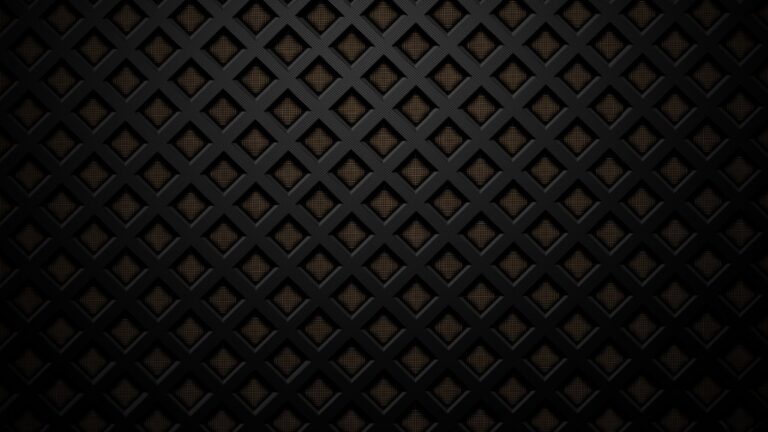If you’ve ever cozied up next to a crackling fire on a chilly Norman evening, you know how comforting a fireplace can be. But have you ever stopped to think about what’s happening inside your chimney while you’re enjoying that warmth? Tucked away out of sight, the chimney liner is quietly doing some of the heaviest lifting when it comes to keeping your home safe and heating efficient. Let’s take a friendly stroll through the world of chimney liners and why they’re such a big deal for homeowners around Norman.
Why Chimney Liners Matter: Key Features at a Glance
Chimney liners might sound like just another part of the house, but they are more like the unsung heroes of your fireplace. Imagine them as a protective sleeve that lines the inside of your chimney, separating the intense heat and gases from the rest of your house. Without them, all kinds of problems could sneak up on you, from reduced heating performance to dangerous situations.
| Feature | What It Means for Your Home |
|---|---|
| Heat Shield | Prevents high temperatures from damaging chimney walls and nearby structures. |
| Corrosion Blocker | Stops acidic flue gases from eating away at bricks and mortar. |
| Smooth Smoke Path | Gives smoke and gases a clear exit, reducing buildup and blockages. |
| Fire Stopper | Helps contain flames, keeping them from spreading to the rest of the house. |
Safe and Sound: The Hidden Role of Liners in Preventing Trouble
Safety is a big reason chimney liners are so important, especially in homes that rely on fireplaces or wood stoves for heat. When a liner is missing or falling apart, dangerous gases like carbon monoxide can creep back into your living space instead of heading outside. That’s not something you want to gamble with!
Liners also act as a barrier, keeping sparks or hot embers from slipping through tiny cracks and starting a fire in your walls. In older Norman homes, it’s not unusual to find chimneys that were built before modern safety codes even existed. Upgrading or installing a liner can make a world of difference, bringing peace of mind every time you light that fire.
“A good chimney liner is like a seatbelt for your fireplace—it’s not flashy, but you sure notice when it’s not there.”
Regular checkups are key. Even the best liners can wear down over time, especially if you use your fireplace a lot. Keeping yours in good shape means fewer surprises and safer winter nights.
Counting the Costs: Why Liners Make Financial Sense
At first, putting in a chimney liner might seem like just one more expense. But if you look at the big picture, it’s actually a smart investment. Here’s why: a liner helps your fireplace burn cleaner and more efficiently, which means you use less wood or fuel to get the same amount of heat. That can add up to real savings over the years.
More importantly, liners help prevent expensive repairs down the road. Without one, heat and moisture can break down your chimney’s bricks and mortar, leading to crumbling walls or even a full rebuild. And let’s not forget the cost of fixing smoke or fire damage—something no one wants to face.
In short, spending a little now on a good liner can help you avoid much bigger bills later.
When Things Go Wrong: Emergency Service and Peace of Mind
Life has a way of throwing curveballs—maybe a sudden storm or a surprise problem with your heating system. If your chimney liner is damaged or blocked, you might find yourself in a bind just when you need your fireplace most. That’s where emergency chimney services come in, offering fast help to inspect, repair, or replace liners in a hurry.
In Norman, there are local pros who understand the challenges of our weather and older homes. If you ever smell smoke inside, notice crumbling bits in the fireplace, or hear odd noises in the chimney, don’t wait—reach out for help. A well-maintained liner means you’re ready for whatever winter brings, without the stress.
FAQs: Your Chimney Liner Questions Answered
Wrapping Up: The Smart Choice for Norman Homes
Whether your house is brand new or full of history, a dependable chimney liner is one of those things you’ll never regret having. It takes care of the hard work behind the scenes—keeping you safe, making your heating more efficient, and saving money in the long run. With regular checkups and a little know-how, you can enjoy your fireplace all season long, knowing your home is protected from top to bottom.
Read More: Norman Chimney Sweep



